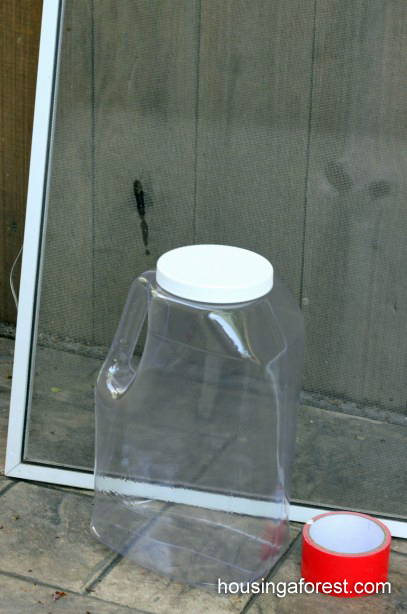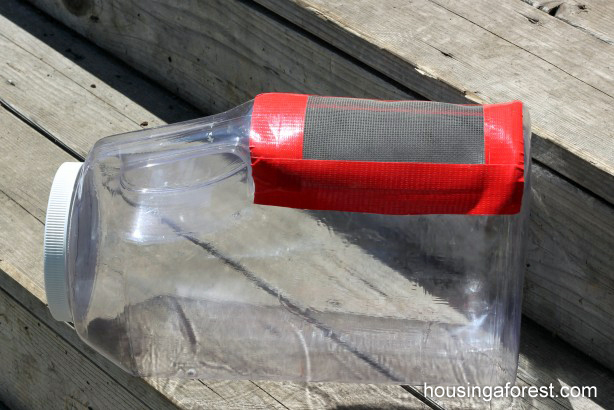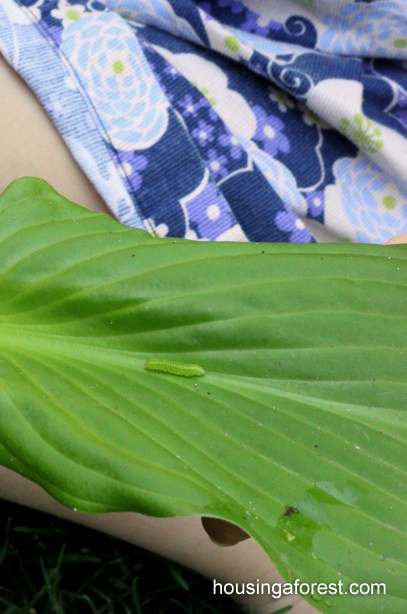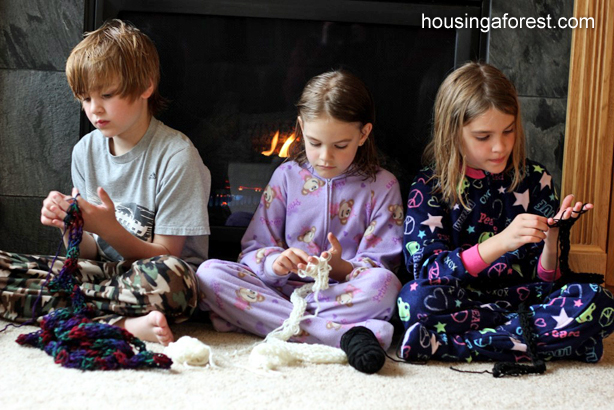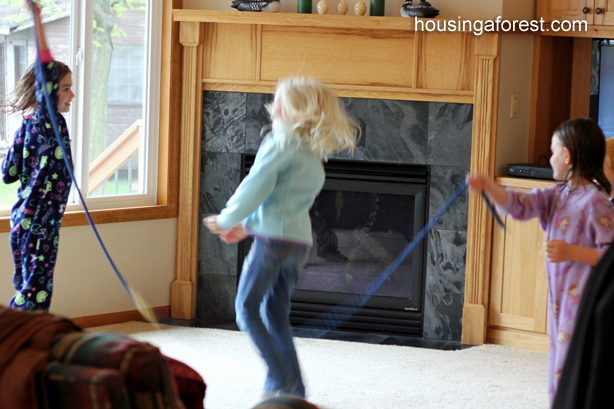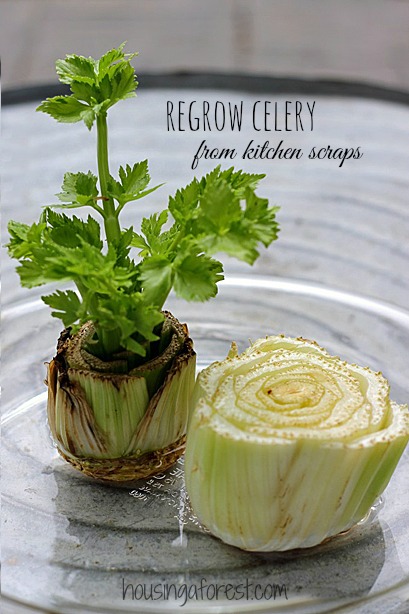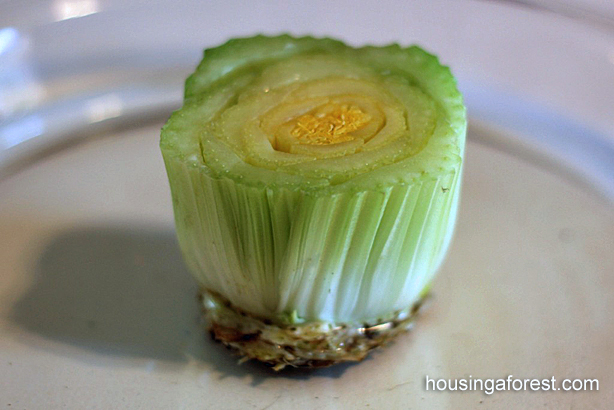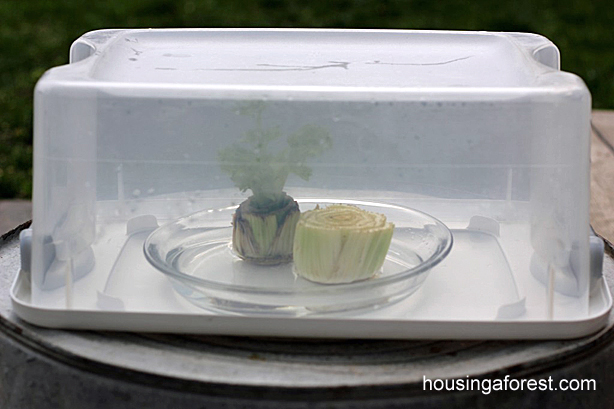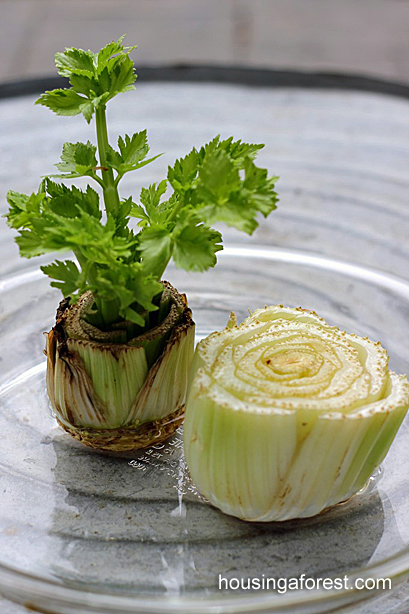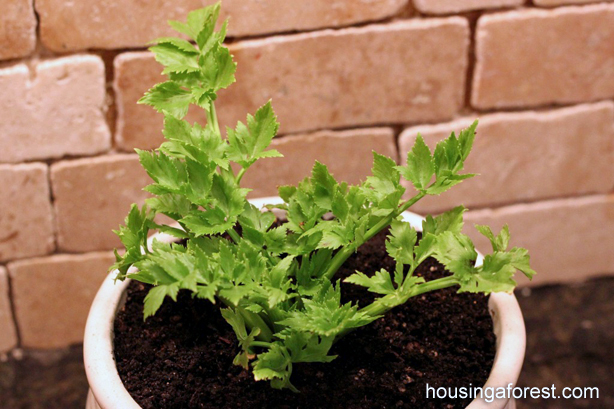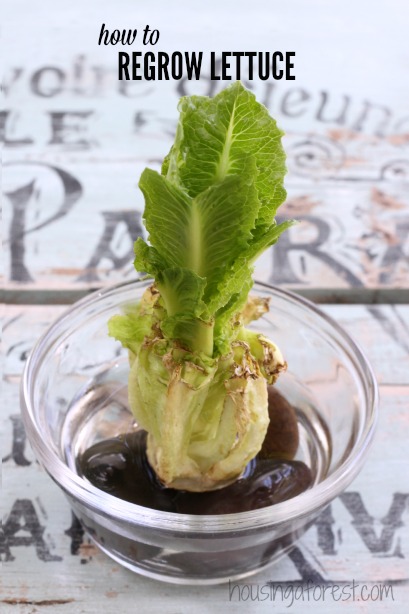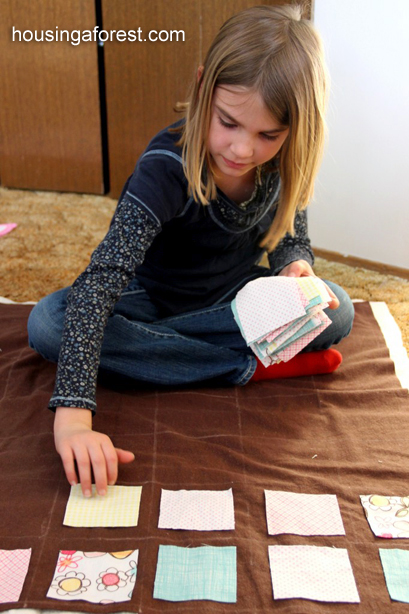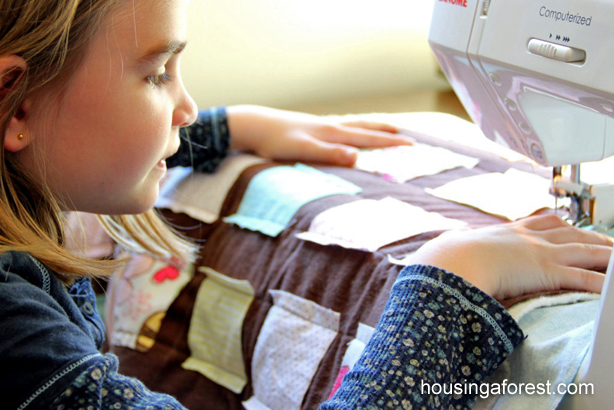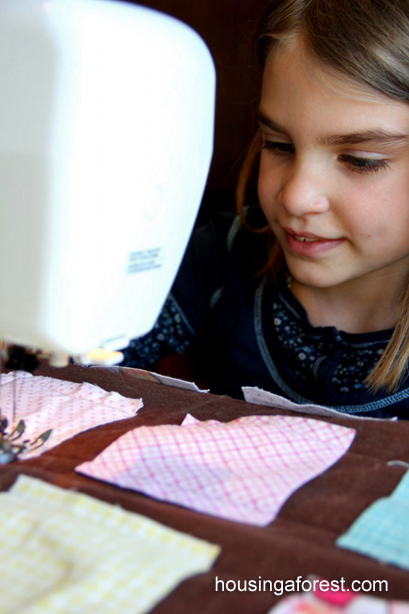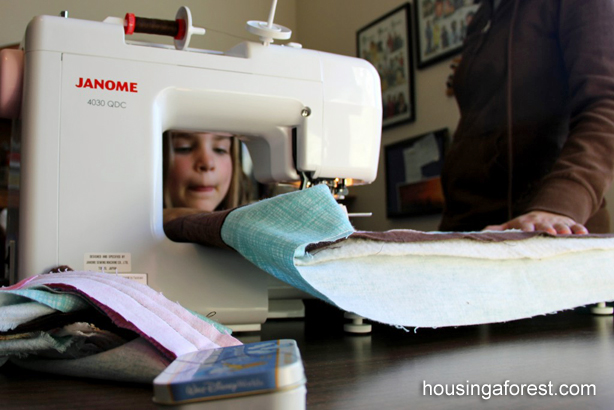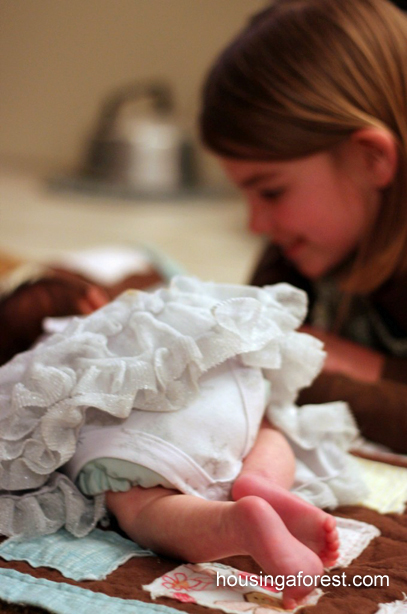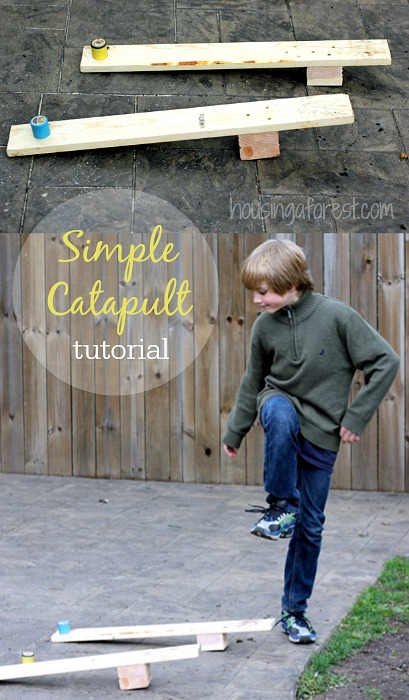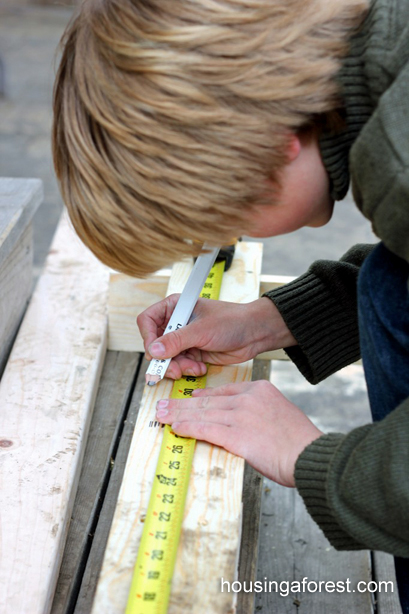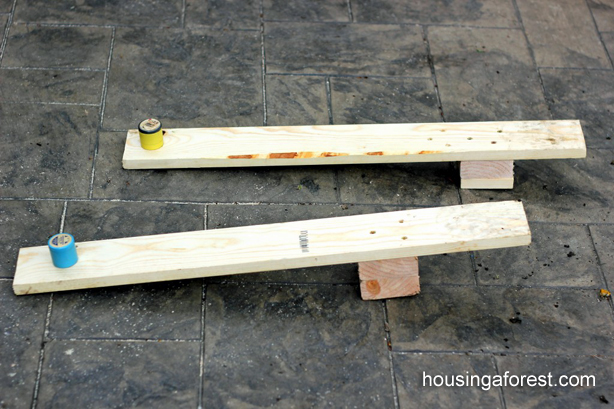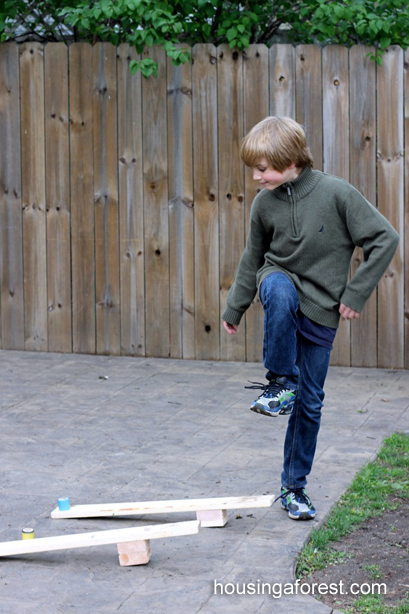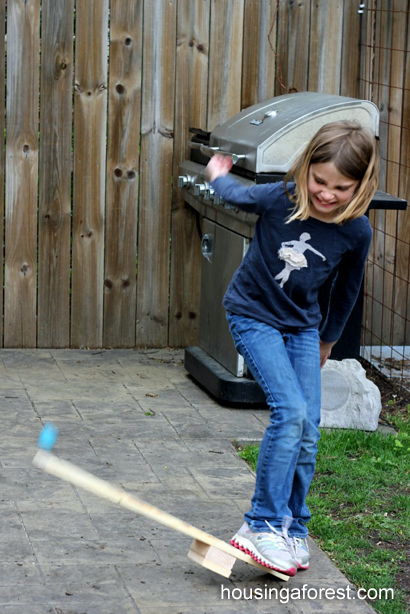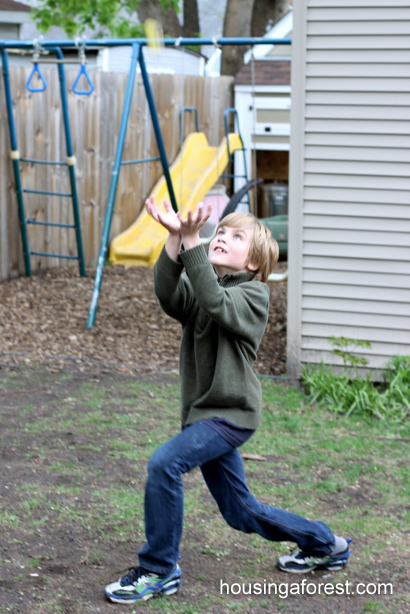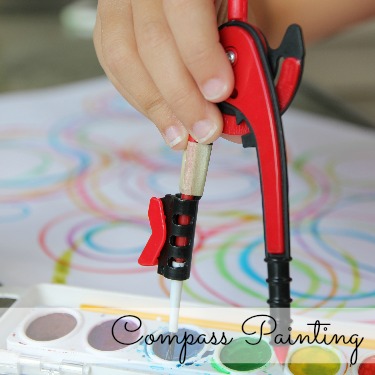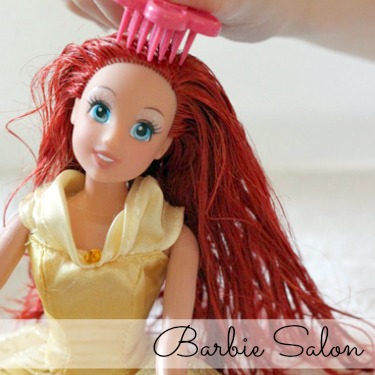My kids love collecting interesting bugs, caterpillars and basically everything that wiggles. They are always running in to the house looking for the perfect container to house their latest find. For a while we tried the cheap dollar store bug houses, but they are always breaking. We decided to make our own recycled bug houses that will last all summer.
To make your own recycled bug houses, you will need:
- an old window screen
- a clear recycled container with a screw top
- colorful duct tape.
With a sharp utility knife, cut a square hole in the top of the container. Cut the window screening just larger than the hole and use duct tape to secure everything.
Our little recycled bug houses worked great. The bug gets all the air it needs through the window screening. The screw top allows kids to add and remove bugs/ bedding as needed. Plus the kids can observe the bug all they want through the clear plastic. As an added bonus no more trips to the store buy flimsy bug houses. Perfect!
Annika collected this little guy to surprise Bree. So cute! Annika searched all over the yard for the perfect bug to give her sister. I think that it was the color of this little guy that made her finally decide to choose him. Too funny. I think that we might need to invest in a native bug book to help decode all the little wonders living in our back yard.
This spring has brought an usually large quantity of little caterpillars to our yard. Not that long ago, Bree(our bug lover) was outside watching the caterpillars float in on silky strings. She was loving it. We were then informed that our chickens needed to stay in their coop for a few days to give the caterpillars a chance to find a hiding place. I love how little kiddos think. When the other 2 kids asked what about all the wild bird, she quickly answered that she no longer liked “tweety” birds if they were going to eat her caterpillars. She decided that she was going to protect these little guys, and stood outside for as long as she could keeping the wild birds away from our yard. SO funny!
Do you have any bug lovers in your house?







